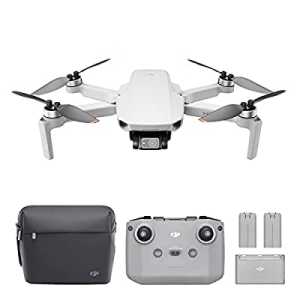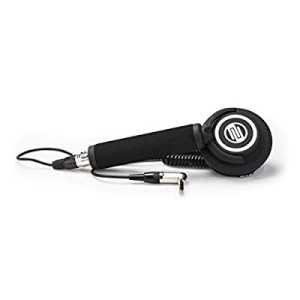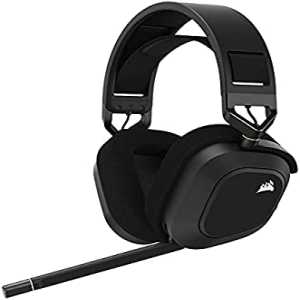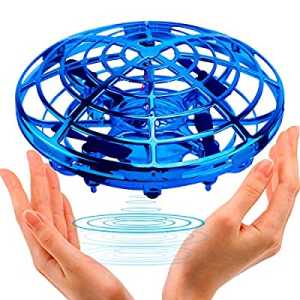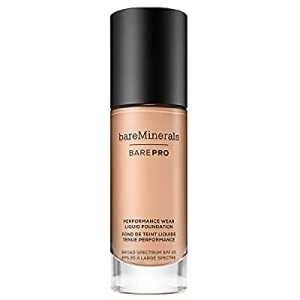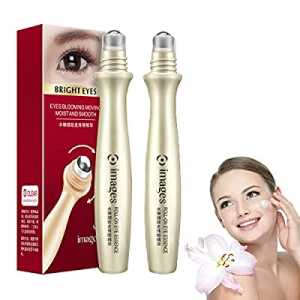
Myopia Control: Strategies For Slowing Down Nearsightedness Progression

Myopia, commonly known as nearsightedness, is a vision condition where nearby objects are seen clearly, but distant objects appear blurred. The prevalence of myopia is rising globally, particularly among children and adolescents. As myopia progresses, it can lead to more severe vision problems and increase the risk of eye diseases. Fortunately, several strategies can help slow down the progression of myopia and maintain better eye health.
For those experiencing progressive myopia consulting an eye specialist in Chinchwad is crucial for effective management. Early intervention can slow the worsening of nearsightedness through treatments like specialized lenses, eye drops, and lifestyle adjustments. A local specialist can offer personalized strategies to preserve long-term vision health.
Understanding Myopia
Myopia occurs when the eye grows too long, or the cornea has too much curvature. This causes light to focus in front of the retina rather than directly on it, resulting in blurred distance vision. While myopia can be inherited, environmental factors and lifestyle choices also play significant roles.
Strategies for Myopia Control
- Optical Interventions
a. Multifocal and Bifocal Lenses: Special lenses like multifocal or bifocal glasses can help manage myopia progression. These lenses have different prescriptions in different areas, which can reduce the eye’s effort to focus on close objects and potentially slow down myopia progression.
b. Orthokeratology (Ortho-K): This involves wearing specially designed rigid contact lenses overnight to reshape the cornea. The goal is to temporarily correct vision and slow myopia progression. The effects last throughout the day, but regular use is necessary to maintain the benefits.
c. Myopia Control Contact Lenses: Contact lenses designed specifically for myopia control, such as those with a concentric ring design, can help slow down the eye's elongation and manage myopia progression more effectively than traditional lenses. - Pharmacological Treatments
a. Atropine Eye Drops: Low-dose eye drops have been shown to slow myopia progression in children. These drops reduce the eye’s ability to focus on close objects, thereby decreasing the stimulus for eye elongation. The dosage and frequency are tailored to the individual based on their needs and response to treatment.
b. Other Medications: Research into other medications that might help control myopia is ongoing. These treatments are usually considered when traditional methods are not sufficient. - Behavioral and Lifestyle Changes
a. Increased Time Outdoors: Studies suggest that spending more time outdoors can help reduce the risk of developing myopia and slow its progression. Natural light and engaging in distance vision activities like sports may improve eye health.
b. Limiting Screen Time: Prolonged near work, such as using smartphones, tablets, and computers, is associated with myopia progression. Encouraging regular breaks from screen time and following the 20-20-20 rule (every 20 minutes, look at something 20 feet away for at least 20 seconds) can help reduce eye strain.
c. Proper Lighting and Reading Habits: Reading and other close-up activities in well-lit areas can minimize eye strain and discomfort. Proper posture while reading or using digital devices can also help reduce visual stress. - Regular Eye Exams
a. Early Detection and Monitoring: Regular eye exams are crucial for detecting myopia early and monitoring its progression. Your eye care professional in Chinchwad can provide personalized recommendations based on your child’s eye health and development.
b. Adjusting Prescriptions: Frequent eye exams allow for timely updates to prescription or contact lenses, ensuring optimal vision correction and potentially slowing myopia progression.
Choosing the Right Approach
Selecting the most appropriate myopia control strategy depends on various factors, including the child’s age, the degree of myopia, and lifestyle considerations. It's essential to consult with an eye care professional who specializes in myopia management to determine the best approach for your specific needs.
The Role of Parents and Educators
Parents and educators play a crucial role in myopia control. By encouraging healthy vision habits and ensuring that children receive regular eye care, they can contribute significantly to managing myopia effectively. Creating an environment that promotes outdoor activities and limiting screen time can also slow myopia progression.
Conclusion
Managing and slowing down the progression of myopia is a multifaceted approach that involves a combination of optical interventions, pharmacological treatments, lifestyle adjustments, and regular monitoring. By staying informed and proactive, you can take steps to help maintain eye health and reduce the risk of severe myopia-related complications. If you or your child are experiencing symptoms of myopia or are concerned about its progression, consult an eye care professional to explore the most effective strategies for your situation
Author Bio
Article Comments
No Comments!
At present there are zero comments on this article.
Why not be the first to make a comment?
Similar Articles
Search Pages
Upgrade User Account
account to full use of editor,
including hyperlinks
Article Categories
There are zero sub-categories in this parent category.
There are zero sub-categories in this parent category.

